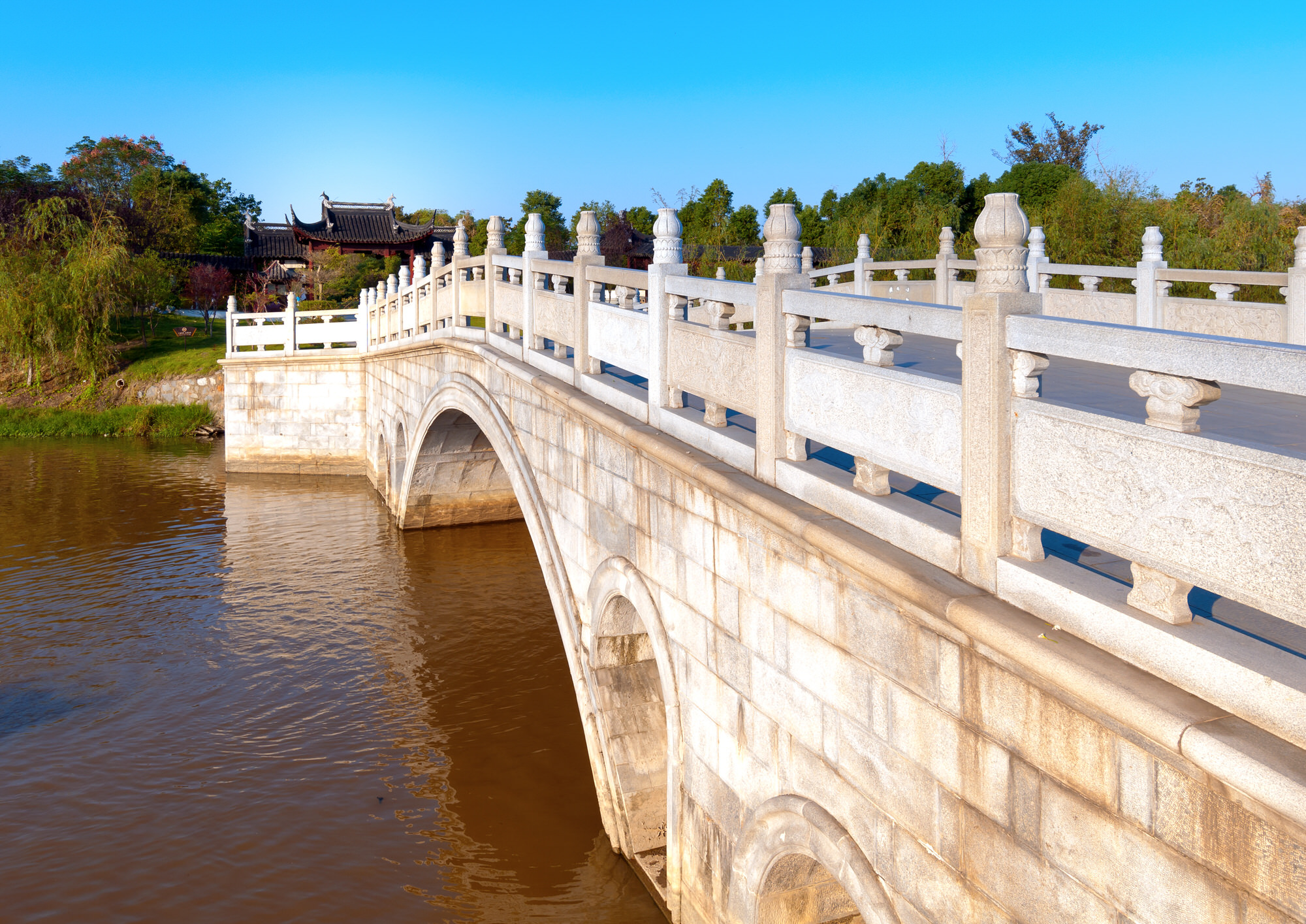Suzhou travel guide
Too often, Suzhou is tacked onto an itinerary: in the morning, tourists zip in on a half-hour bullet train from Shanghai; in the evening, another bullet-train whisks them away. The city is considered an aside, a momentary departure from the modern wonders of its better known neighbour. Foreign tourists are regular offenders. Most are in China to connect the dots of a golden triangle – Shanghai, Xi’an and Beijing – on an otherwise bewildering map. Domestic tourists, mindful, perhaps, of the well-worn saying above, stay longer, and over 23 million slept in the city’s hotel beds last year.
Within China, Suzhou is well-known. It is one of the oldest southern cities, and is considered one of the greatest. It is “the Venice of the Orient,” a city of muddy canals, stone bridges, dilapidated brick buildings and elaborate gardens.
The capital of Wu
The city was established as the capital of the Wu kingdom in 514BCE. Although the kingdom was short-lived – it was conquered and incorporated into a neighbouring state less than 50 years later – Suzhou remains the focal point of the Wu language and culture. A branch of Chinese, Wu is spoken by some 77 million people, mostly in Eastern China, making it the second most spoken language in China and the 10th most spoken language in the world. Wu culture continues most noticeably through the city’s musical traditions of Kunqu and Pingtan, still performed daily in the city’s teahouses, theatres and tourist traps.
Boom times for the Venice of the Orient
Unlike its Italian sister city, Venice, Suzhou is not an open-air museum, uncertain of its future. It is a bustling part of boom China. The city’s GDP per capita was RMB106,412 (US$15,322) in 2008: the second highest nationally – behind only Karamay in Xinjiang, a city set atop oil – and triple the national average. Its people are respected and, on occasion, envied for their success as entrepreneurs: after the reforms of the late 70s and early 80s, they steered a deft course to prosperity, with much less of the direct foreign investment that spurred development in larger cities. Today, many of Shanghai’s landlords come from Suzhou and its neighbour, Wuxi.
Locals half-heartedly bemoan the changes prosperity has brought. The city, they say, is irrevocably different. But Suzhou has hung onto its character, and is an excellent place to witness the contrast and clash of new and old in today’s China. On Pingjiang Lu, an old, cobbled street beside a canal, it is possible to sit, a little guiltily, beside the water, sipping Italian coffee and surfing the internet, while residents of the ramshackle homes nearby, carrying-poles slung between their shoulder blades, collect the day’s water in buckets.

Climate
Suzhou’s summers are hot and sticky. Temperatures rise as high as 40oC (104oF) and humidity occasionally reaches 100%. Winter temperatures don’t drop much below freezing, but people from the north of China, where winter temperatures are much lower, say that the damp Suzhou air sometimes feels colder.
Spring and Autumn are the best times to visit, unfortunately they’re both quite short. In April, May, September and October, daytime temperatures are comfortable and evenings are cool. It rains throughout the year. This makes the city’s largely outdoor tourist attractions difficult to visit, but does rinse the garbage from canals.
Where next?
This guide is by Iain Manley, whose time in China inspired him to establish VoiceMap, a platform for location-aware audio tours.
